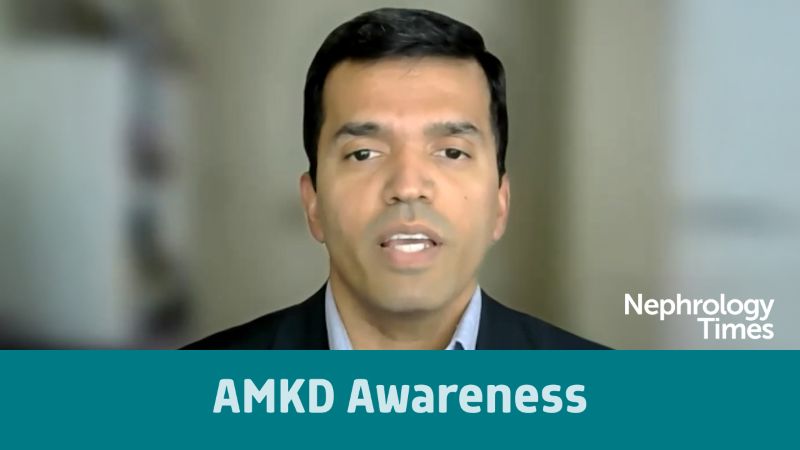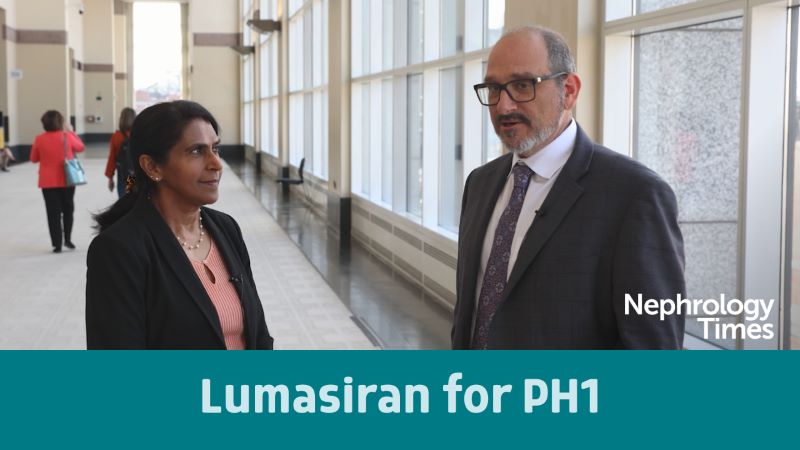Relapsed Multiple Myeloma: The DREAMM Trial
By DocWire News Editors - Last Updated: April 27, 2023In part 3 of Docwire News’ roundtable series discussing Relapsed/Refractory Multiple Myeloma, moderator Dr. Saad Usmani and Dr. Malin Hultcrantz discuss data from the DREAMM-9 study on a quadruplet combination treatment regimen. Specifically, they discuss how a lower dosing and less frequent schedule for older patients is doable.
Saad Usmani: Malin, I want to turn to you and hear about belantamab mafodotin. There was a lot of data, combination data with lower dosing, different schedules being presented in the relapse space in the GSI combinations, the work that you’ve done at MSK.
I mean, bela is even in the frontline setting. We saw the Len/Dex combo data or the earlier setting data from the Greek Myeloma Group. And then I had the privilege of presenting the early look in the DREAMM 9 study with bela-maf along with IBD for transplant ineligible patients. So, a lot of bela data, but what’s your summary?
Malin Hultcrantz: The summary is that I think this is a good drug and, since there’s a lot of trials going on, obviously it’s a good drug, but it has the toxicity with the keratopathy and the ocular toxicity. So there are a lot of efforts trying to mitigate these side effects and doing smart combination and with lower doses, to try to maximize the effect and minimize the side effects. So I think that’s what the main takeaway from all of this.
I think combining with GSI is something that we’re going to start up a trial early next year as well. So that’s a gamma secretase inhibitor that inhibits the gamma secretase which sheds BCMA from the cell surface. I think this is a very interesting combination, and hopefully will show very good effects at lower doses, and there’s also fewer side effects. So I think this is a drug that’s going to be around, but it need to work a little bit more on where exactly to have it and what the best combination is and the best dosing to avoid the ocular toxicity.
Saad Usmani: No, I agree. I think even in the DREAMM 9 study, the idea of combining belantamab mafodotin in lower doses and less frequent schedule for older patients. Apparently, the data that was shared shows that it’s doable; It’s just that we need a longer follow up for those patients. Once you get to that optimal response and multi-mechanism of action approach, you can pare down therapy. So this can be similar to a quad being utilized for X number of cycles, you get to get certain response, and then you go to maintenance.







 © 2025 Mashup Media, LLC, a Formedics Property. All Rights Reserved.
© 2025 Mashup Media, LLC, a Formedics Property. All Rights Reserved.